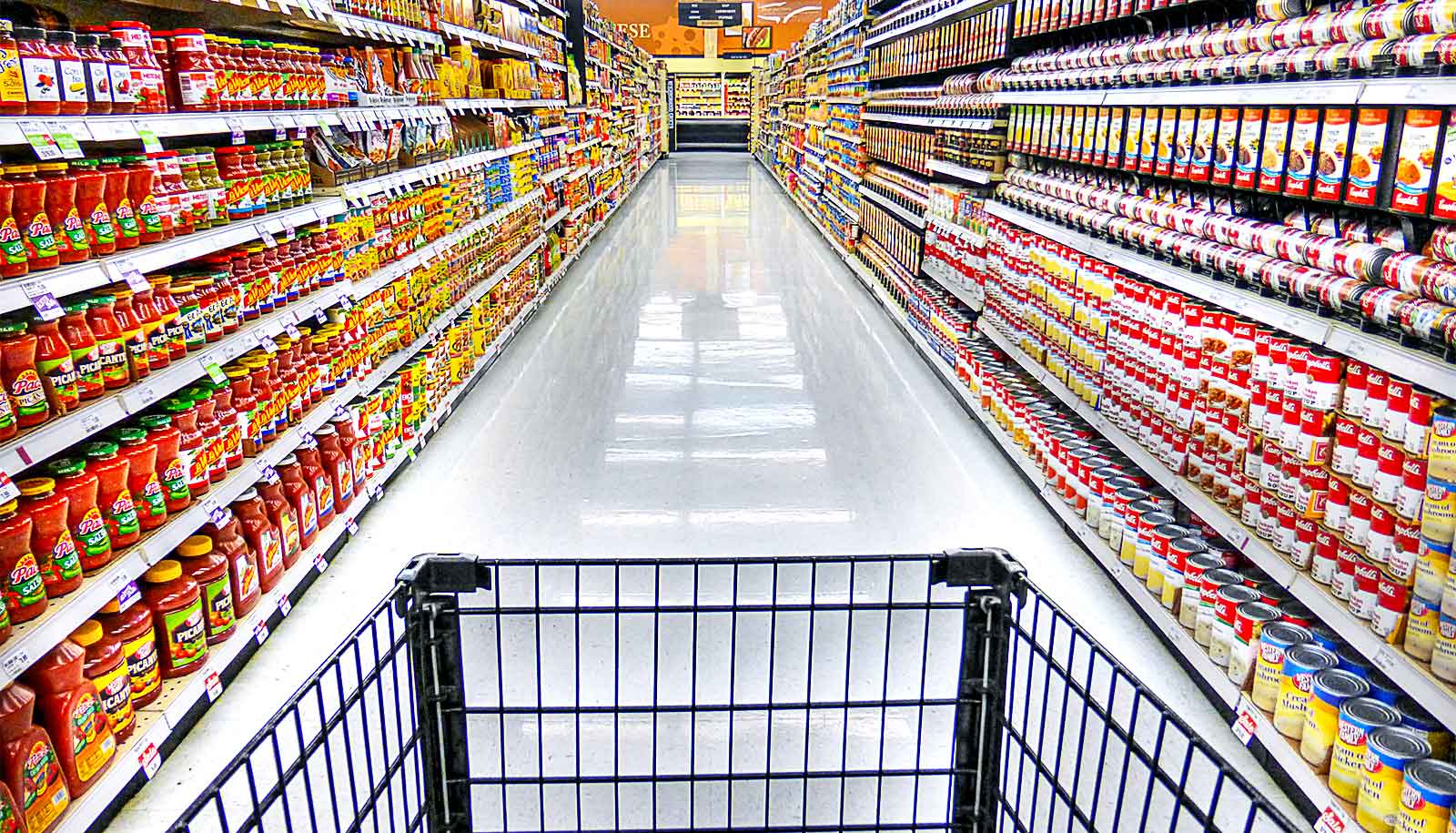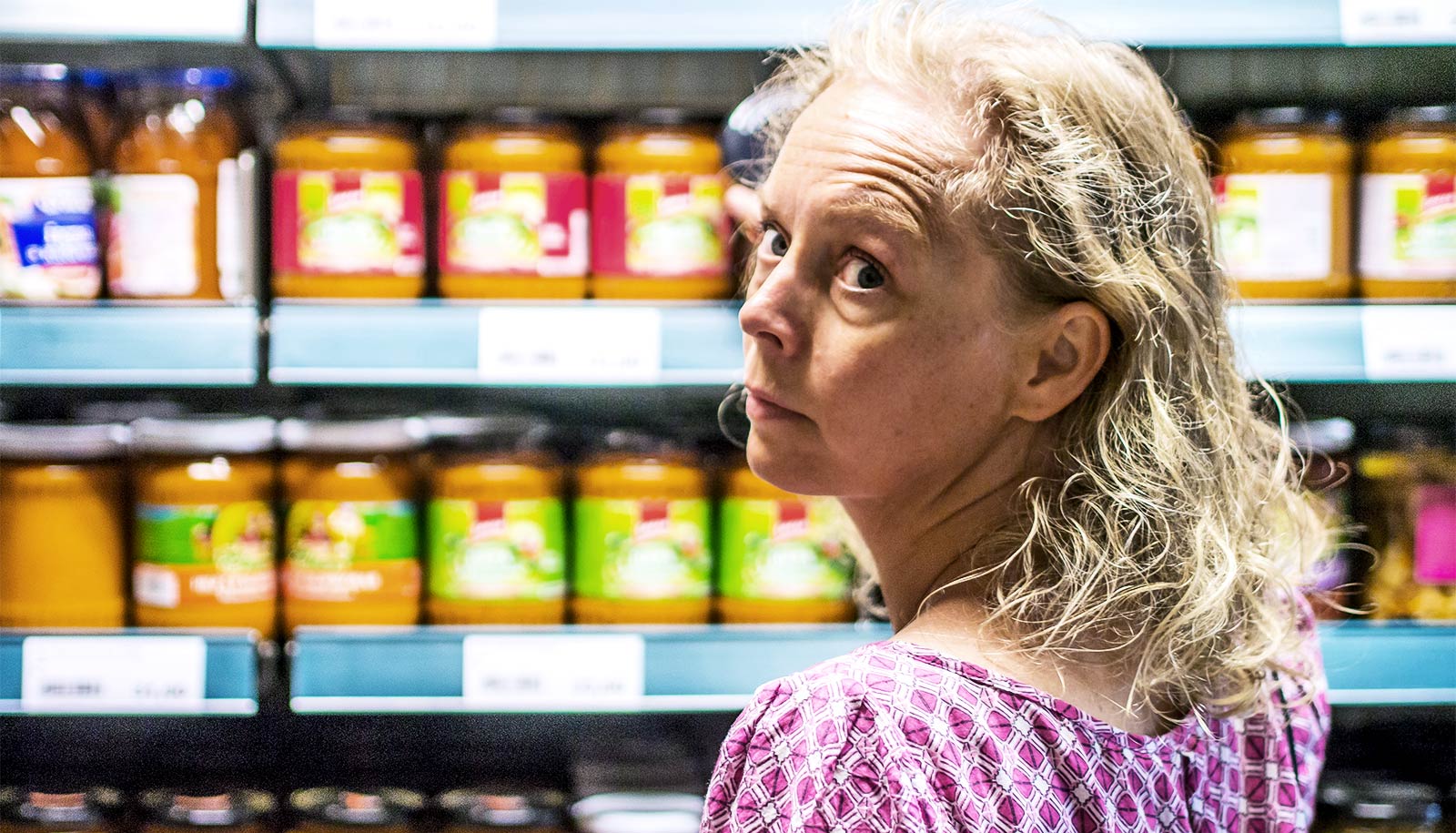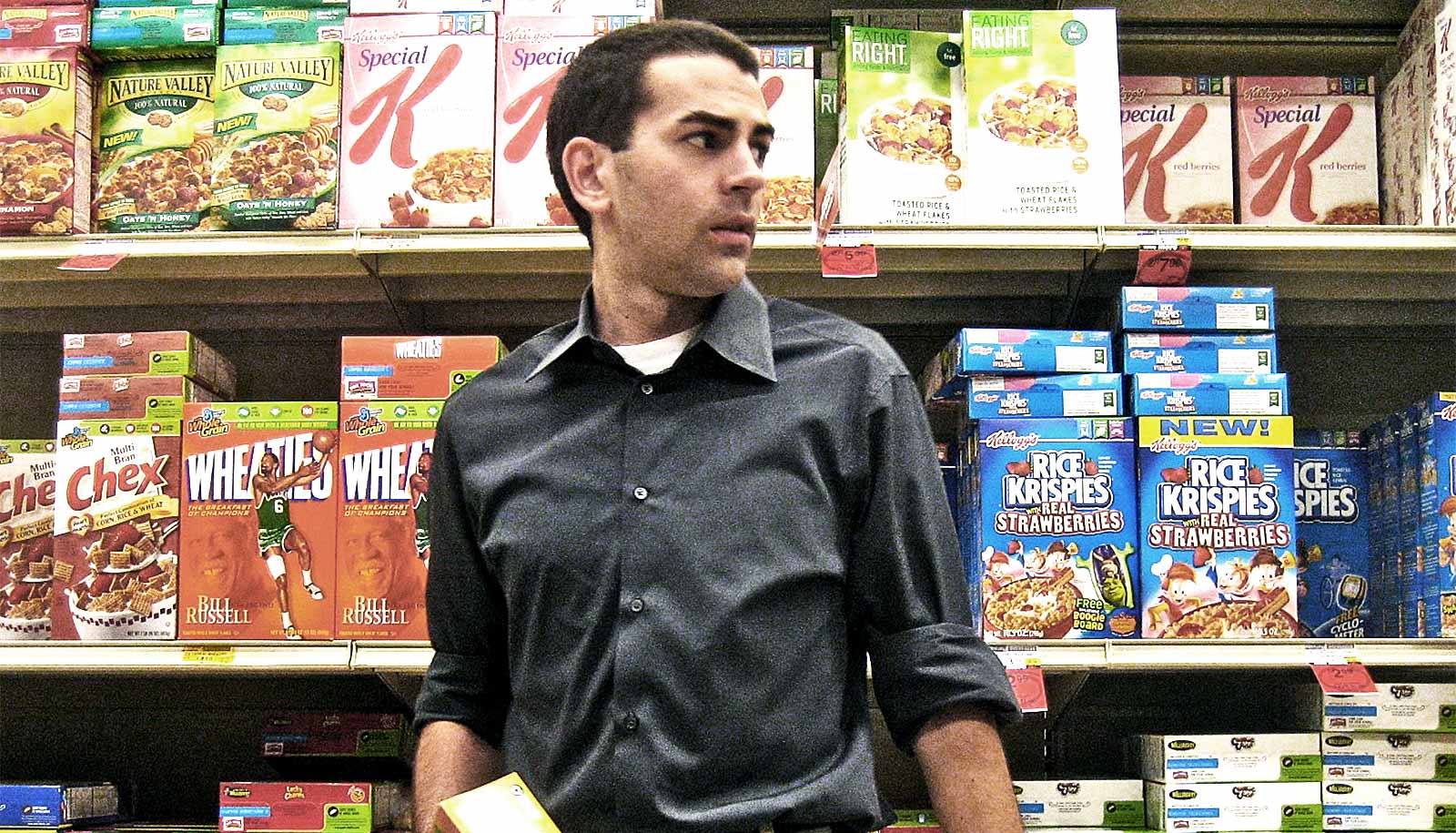Opening supermarkets in “food deserts” doesn’t change the types of groceries people buy, research suggests.
Research has shown that income is increasingly linked to health: Not only are today’s richer Americans healthier than poorer ones, but the gap is wider than it was in the early 1990s. Studies have attributed this to food consumption, with better dietary quality associated with higher socioeconomic status—in other words, the more money you have, the easier it is to afford nutritious foods.
Some have concluded that a key part of the problem is “food deserts”—neighborhoods without supermarkets, mostly in low-income areas. A widely held theory maintains that those who live in food deserts are forced to shop at local convenience stores, where it’s hard to find healthy groceries. A proposed solution is to advocate for the opening of supermarkets in these neighborhoods, which are thought to encourage better eating.
This idea has gathered a lot of steam. Over the past decade, federal and local governments in the United States have spent hundreds of millions of dollars encouraging grocery stores to open in food deserts. The federal Healthy Food Financing Initiative has leveraged over $1 billion in financing for grocers in under-served areas. The Healthy Food Access for All Americans Act, which is currently under consideration in Congress, would extend these efforts with large tax credits. Meanwhile, cities such as Houston and Denver have sought to institute related measures at the local level.
Former First Lady Michelle Obama articulated this proposed remedy quite clearly: “It’s not that people don’t know or don’t want to do the right thing; they just have to have access to the foods that they know will make their families healthier.”
However, recent research in the Quarterly Journal of Economics, which Hunt Allcott, an associate professor in the economics department at New York University, co-wrote, raises questions about the efficacy of this approach. Additional researchers from the University of Chicago Booth School of Business, Northwestern University, the Stanford School of Business, the University of Pennsylvania’s Wharton School of Business, and Georgetown University’s Walsh School of Foreign Service also contributed to the work.
Here, Allcott explains food deserts and how they may—or may not—affect nutrition:
How did you examine the impact of food deserts on nutrition—and the value of opening supermarkets in areas that lacked them?
Between 2004 and 2016, more than a thousand supermarkets opened nationwide in neighborhoods around the country that had previously been food deserts. We studied the grocery purchases of about 10,000 households in those neighborhoods. While it’s true that these households buy less healthy groceries than people in wealthier neighborhoods, they do not start buying healthier groceries after a new supermarket opened. Instead, we find that people shop at the new supermarket, but they buy the same kinds of groceries they had been buying before.
Your findings seem to challenge the conventional wisdom on this topic. How so?
These results shouldn’t be too surprising: basic economic logic of supply and demand had foreshadowed our result.
The food desert story is that the lack of supply of healthy foods in food deserts causes lower demand for healthy foods. But the modern economy is more sophisticated than this explanation allows for—grocers have become amazingly good at selling us exactly the kinds of foods we want to buy. As a result, our data support the opposite story: lower demand for healthy food is what causes the lack of supply.
Many backers of this “food desert story” point to distances many must travel to find healthier food options, making geography a barrier to better nutrition. Is there any validity to this claim?
There isn’t much support for this explanation. The average American travels 5.2 miles to shop, and 90% of shopping trips are made by car. In fact, low-income households are not much different—they travel an average of 4.8 miles. Since we’re traveling that far, we tend to shop in supermarkets even if there isn’t one down the street. Even people who live in zip codes with no supermarket still buy 85% of their groceries from supermarkets.
So when a supermarket opens in a food desert, people don’t suddenly go from shopping at an unhealthy convenience store to shopping at the new healthy supermarket. What happens is, people go from shopping at a far-away supermarket to a new supermarket nearby that offers the same types of groceries.
Do new supermarkets or grocery stores bring any benefits to communities?
Absolutely. In many neighborhoods, new retail can bring jobs, a place to see neighbors, and a sense of revitalization. People who live nearby get more options and don’t have to travel as far to shop. But we shouldn’t expect people to buy healthier groceries just because they can shop closer to home.
What, then, is your advice to policy makers?
We need to first rethink current practices addressing the vital concern of nutrition. Government agencies and community organizations devote a lot of time and money to “combatting food deserts,” hoping that this will help disadvantaged Americans to eat healthier. Our research shows that these well-intended efforts do not have the desired effect. One thing that definitely does work is taxing unhealthy foods such as sugary drinks, and we’ve been looking at that in other research.
One of our country’s main challenges is to build an inclusive society in which people from all backgrounds can live happy and healthy lives. We hope that this research can give some insight on what works and what doesn’t.
Source: NYU



